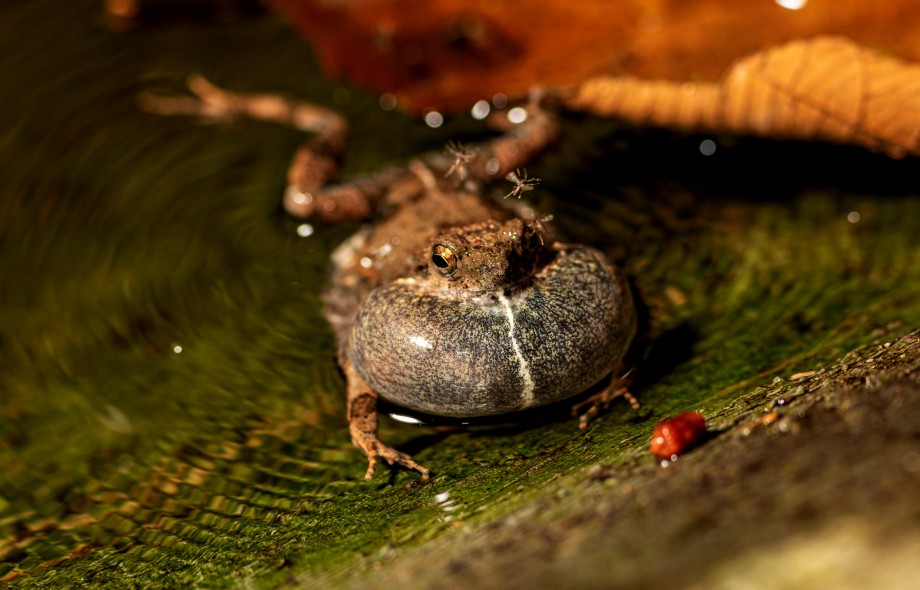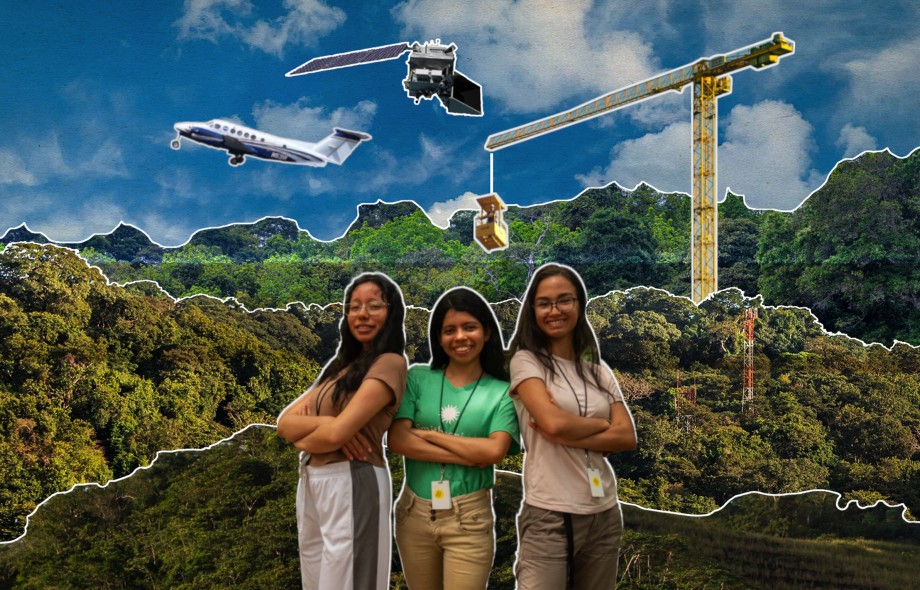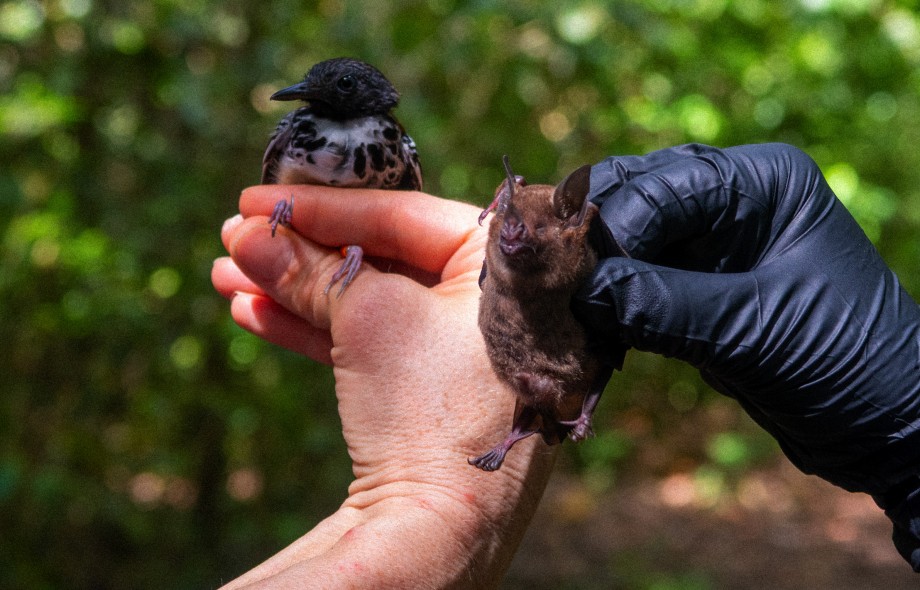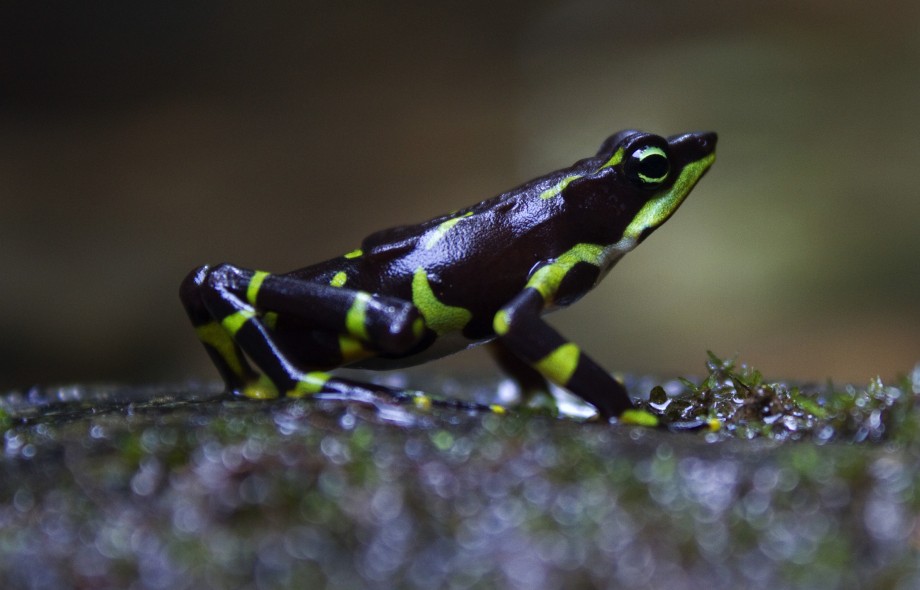Key aspects of their behavior, diet, and foraging relationships will be explored, highlighting the biodiversity hidden in the microhabitats of the tropical forest canopy.

You are here
Projects
& Stories
Gamboa
Have you ever wondered how city life affects animals like frogs? A new study reveals that urban Túngara frog tadpoles develop faster —but end up being smaller — than tadpoles from forests, probably resulting in smaller adults. This might be an adaptation to warmer urban puddles with fewer predators or to constantly changing environmental conditions in the city.
Data collected on juvenile and adult fringe-lipped bats reveal the first clues into the development of eavesdropping behavior in predators
A NASA plane came to Panama to acquire aerial images to inform scientists about the diversity of tropical ecosystems. At the same time, researchers from the Smithsonian Tropical Research Institute (STRI) in Panama collected similar data from the ground. The goal: to create an algorithm to better understand tropical ecosystems using satellite remote sensing in the future.
Research teams studying bats and birds gather in Panama’s Soberanía National Park to celebrate the launch of a long-term census of bats designed to complement the bird census which will celebrate its 50th anniversary next year.
A grant from the Bezos Earth Fund to help save 25 frog species through conservation, rewilding, and disease prevention efforts.





